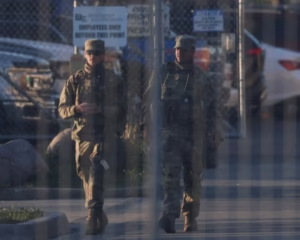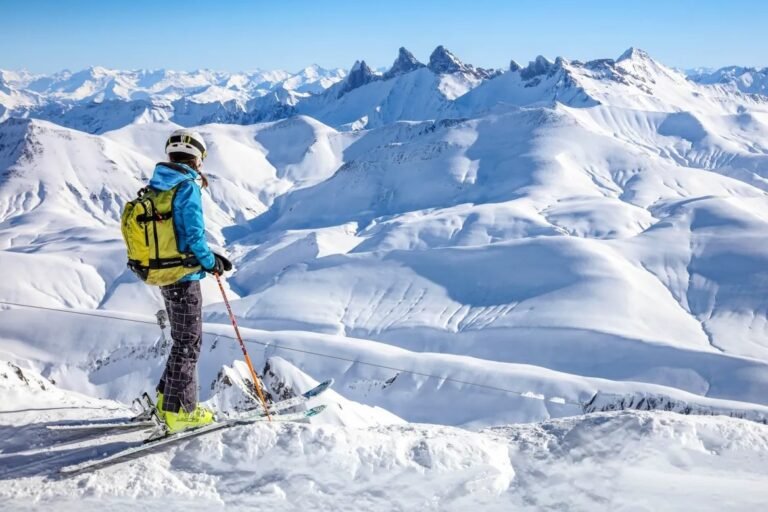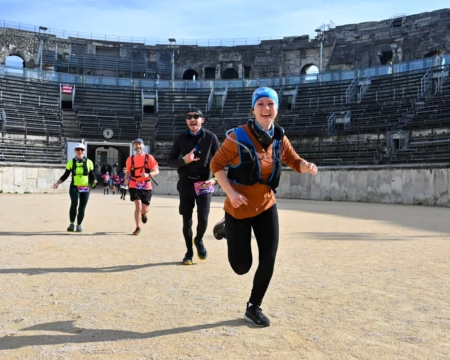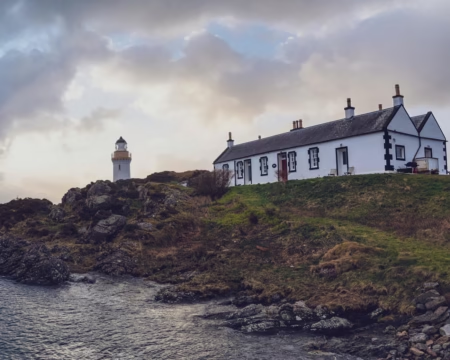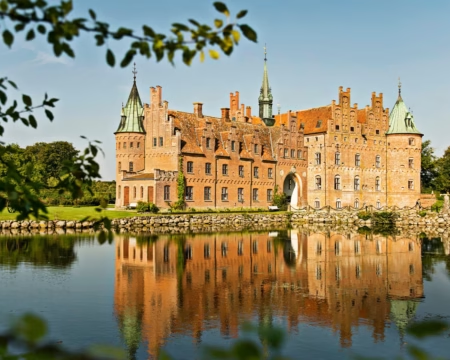Ski resorts across the Alps are facing a big challenge. Snowfall is dropping fast, and it is changing winter sports. Many resorts now rely on snow cannons to make artificial snow. But this raises a big question: how long can they keep doing this?
In Balderschwang, a popular ski town in Germany, snowfall was once almost certain. Located in the Allgäu Alps at 1,044 meters, this place used to be called “Bavarian Siberia” because of its heavy snow. Winters were long and full of fresh snow. But now, that is changing.
Konrad Kienle, the mayor of Balderschwang, remembers the old winters well. He says, “January and February used to be very cold, with a lot of snow. Now, it’s not the same.” He adds that 20 years ago, they had snow for 150 days. Now, it is only about 100 days.
Still, Balderschwang has not had to close any ski slopes yet. This is unlike some other places in the Alps. However, Kienle notes that the south-facing slopes are not doing well. They get less snow and melt faster.
To keep going, Balderschwang has made 80% of its ski slopes ready for artificial snow. This is done using snow cannons. These machines spray water into the cold air to make fake snow. But these machines need water, power, and cold weather to work well.
In Italy, researchers at the Eurac Research Institute in Bolzano are studying the Alps closely. They are tracking how snowfall has changed over time. Micele Bazzoli, a climate expert there, says the drop in snow began after the 1980s. “Before the 1980s, snowfall was more or less the same each year,” he says. “Then, the temperature started to rise, and snowfall went down.”
Bazzoli and his team looked at weather records from 1920 to 2020. They used data from 46 snow measuring centers across the Alps. The result is clear: snowfall has dropped by over 30% in the last 100 years.
This is a big warning for the future. Areas that are between 1,000 and 1,500 meters above sea level are most at risk. These places are now getting less and less natural snow. That means ski resorts in these areas will struggle to stay open in winter.
Winter tourism may soon look very different. Resorts that once focused only on skiing are now offering other things to do in winter. In Balderschwang, Mayor Kienle says they are changing how they welcome tourists. “We are now giving people more choices,” he says. “We have added new hiking trails. Visitors can now enjoy the winter in other ways, not just skiing.”
Some ski resorts are still trying hard to keep skiing alive. They are using all their tools and money to fight the warming trend. But others, like Balderschwang, are starting to adapt. They know the snow may not return like before.
The future of winter tourism in the Alps depends on how fast resorts can adjust. Snow cannons can help for now. But they are not a long-term solution. With less snowfall and warmer winters, change is not just coming — it is already here.
Skiing may no longer be the only reason to visit the Alps. Instead, the mountains may offer new kinds of winter fun. The question is not just about snow anymore. It is about survival.



